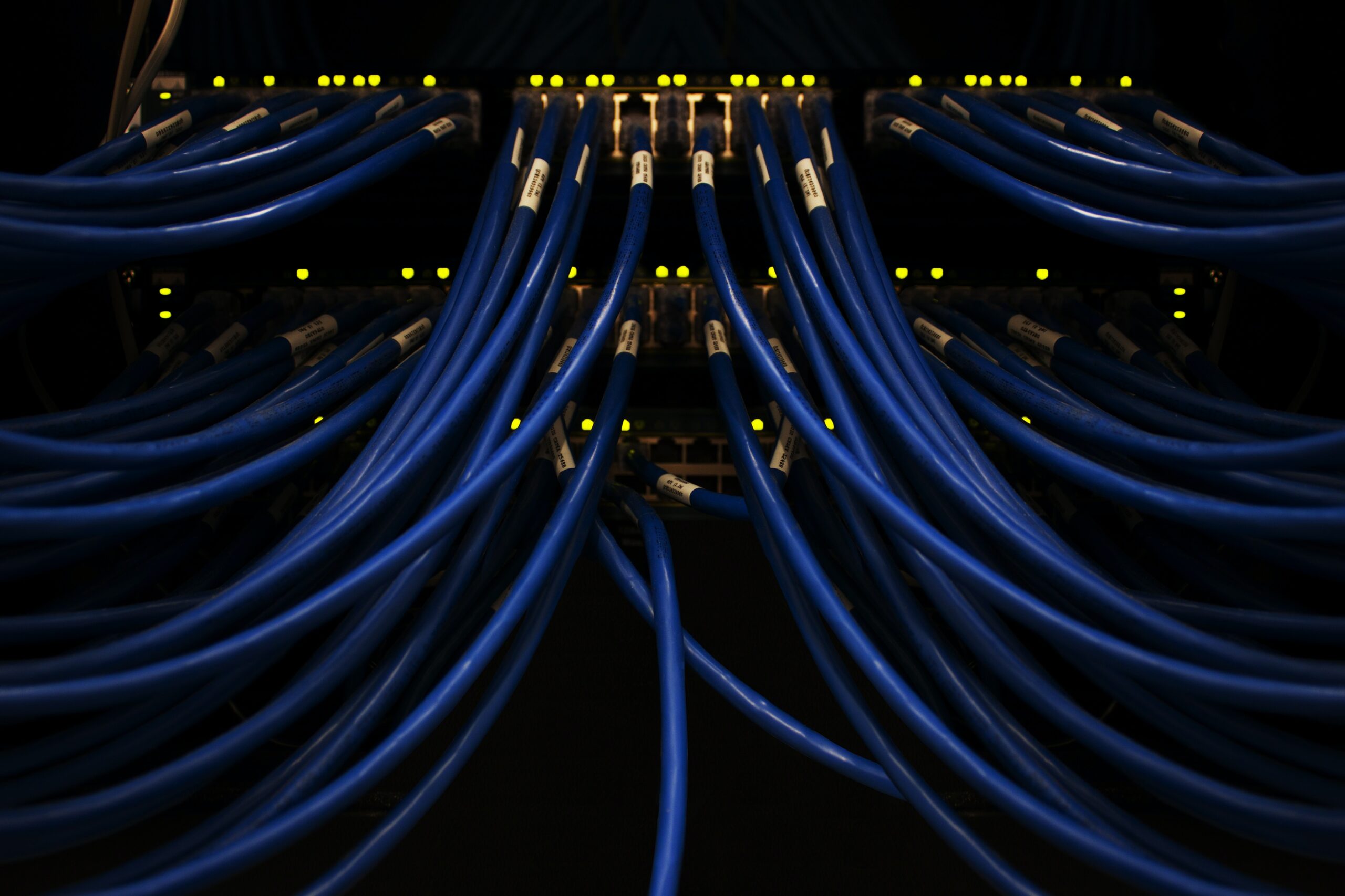Introduction
Opening network ports can be a double-edged sword. On one hand, it allows for seamless communication and data transfer between devices on a network. On the other hand, it exposes your network to potential risks and vulnerabilities. In this blog post, we will explore the risks associated with opening network ports and provide some tips on how to secure them.
The Risks
When you open a network port, you are essentially creating a doorway into your network. This doorway can be exploited by malicious actors who are looking for vulnerabilities to gain unauthorized access to your systems. Here are some of the risks you should be aware of:
- Unauthorized Access: Open ports can serve as an entry point for hackers to infiltrate your network and gain unauthorized access to sensitive information or resources.
- Malware Infections: By leaving ports open, you increase the likelihood of malware finding its way into your network, potentially causing data breaches or system disruptions.
- Denial of Service Attacks: Open ports can also be used as a target for denial of service (DoS) attacks, where an attacker overwhelms your network with traffic, rendering it unavailable to legitimate users.
- Data Exfiltration: If a malicious actor gains access to your network through an open port, they can easily exfiltrate sensitive data without your knowledge.
- Compromised Devices: Open ports can allow attackers to compromise individual devices on your network, turning them into bots for further attacks or using them as a launching pad for attacks on other networks.
Securing Network Ports
Now that we’ve covered the risks, let’s delve into some strategies to secure your network ports:
- Close Unnecessary Ports: The best way to minimize the risks associated with open ports is to close any that are not necessary for the operation of your network. Conduct a thorough review of your network and identify which ports can be safely closed.
- Use a Firewall: Implementing a firewall is crucial for network security. It acts as a barrier between your network and the outside world, monitoring and controlling incoming and outgoing traffic. Configure your firewall to only allow traffic on the ports that are required for your network services.
- Port Forwarding with Caution: If you need to open specific ports for remote access or hosting services, make sure to enable port forwarding only for the necessary ports and limit access to trusted IP addresses.
- Regularly Update and Patch: Keep your network devices and software up to date with the latest security patches. Vulnerabilities in outdated software can be exploited by attackers to gain access to your network.
- Implement Intrusion Detection Systems (IDS) and Intrusion Prevention Systems (IPS): IDS and IPS can help detect and prevent unauthorized access attempts or suspicious activities on your network. They provide an additional layer of security by monitoring network traffic and blocking potential threats.
Conclusion
Opening network ports can be risky, but with the right security measures in place, you can minimize the vulnerabilities and protect your network from unauthorized access and attacks. Remember to regularly review and update your security measures to stay one step ahead of potential threats. Stay secure!



